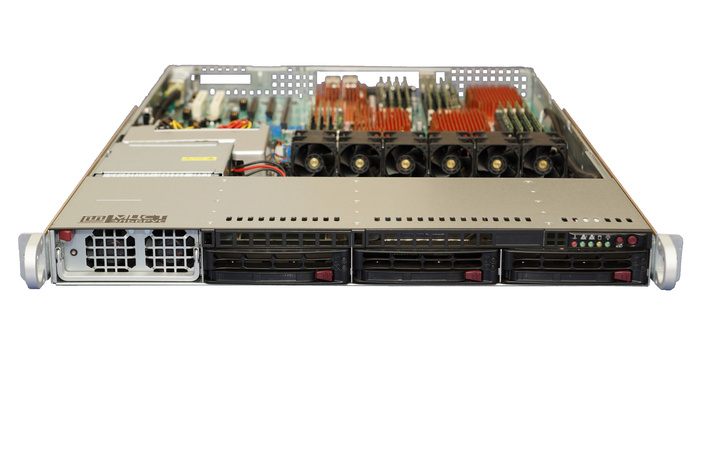kvs wrote:sepheronx wrote:I noticed from this: http://mcst.ru/pozdravlenie-direktora-mcst-s-nastupayushhimi-prazdnikami
That Elbrus 1C is mentioned, and 1C would be a single core processor. I am hoping that it will have a decent frequency of something similar to 1GHZ and I really hope they introduce this as a processor solderd to a pico board and sold as a competitor to Raspberry Pi! I would seriously purchase dozens if not more of them to build my own routers, small form factor NAS (similar to those dlink USB powered ones) and home theater setups. I seriously hope they do something like this, as this will create the domestic computer boom in Russia, as well as home built projects. Actually, such systems are also used in creating other products like automated CNC style machines (Smaller ones), 3D printers, etc.
The Elbrus 1C and Elbrus 8C could be the products that will bring MCST into a new generation.
I just hope they decide to eventually drop the SPARC line of processors. They are not needed anymore as VLIW processors are RISC processors much like SPARC's are. Would be redundant.
The SPARC CPUs are for their military production lines. They are quite useful for the products they are deployed in.
MCST is like a university department and not a corporation such as Intel or AMD. Russia needs an actual corporation to
develop and sell microprocessor designs.
I don't understand why an Intel clone design is not attempted. I don't believe that the instruction set is patentable in
principle. As long as the microprocessor does not copy the IC design of Intel parts, then it should be free from any
patent violation claims.
The Elbrus design is really for scientific and engineering applications. Since Russia will not have the weight to overcome
Intel and Microsoft in the consumer sector, they should have a domestic CPU that runs Intel instructions natively.
MCST proved that their processors are capable of running for domestic use, besides supercomputing, workstations and servers. Hence why a Single core processor meant to compete against Raspberry Pi would be beneficial in the long run as it would create a major demand. Since they produced Angstrom, up to 65nm tech (I am pretty sure they can get even lower if they invest in Rusnano Lithography technology), they can produce the products in Russia itself. But I agree, a company designed specifically for the domestic consumer market is the right move. Issue is, AMD and Intel do have patents on their Instruction sets, thus if the company created does want to make a CISC processor, they would either have to come up with similar instruction sets or make their own entirely. Since Intel and AMD copied from each other back in the 90's, outright breaking copyright laws, I am pretty certain the next company can do it.
SPARC processors are fine for certain applications, but I imagine that the VLIW of the Elbrus processor would be able to handle the same tasks even better. Reducing to 1 design rather than two separate ones may be financially beneficial in the long run. As well, creating a chip for the use of domestic market (Elbrus 2GM, Elbrus 1C and Elbrus 8C) is very much needed. As I pointed out already, a company will be making NAS systems with it. Elbrus 1C can effectively be used for creating routers, small NAS', raspberry pi alternatives, etc. This alone can generate ridiculous amounts of revenue. Since most of the software used for such technology are in Linux, it wont need to operate under x86 environment.
MCST can also act as a place to design new processors for companies who want to become like Intel or AMD.


 sepheronx
sepheronx



